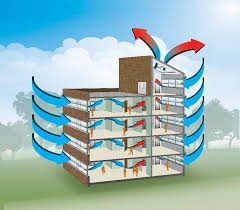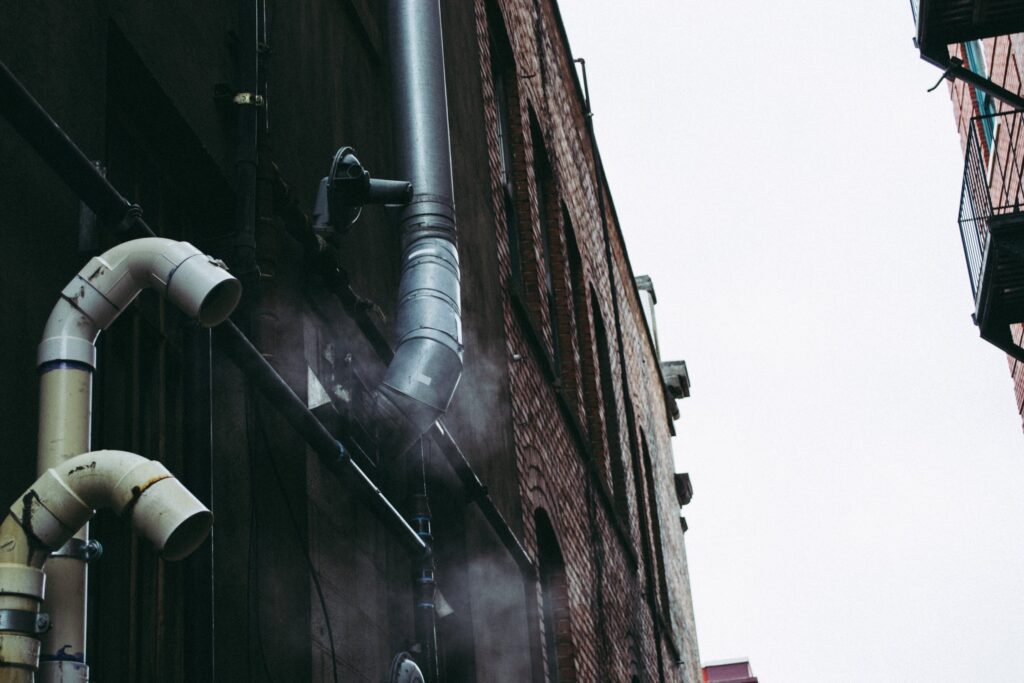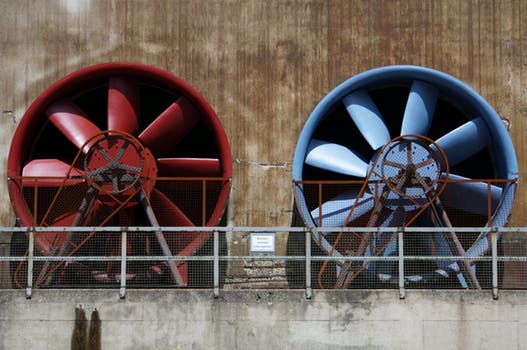While everyone in the office may be convinced the ghost of a disgruntled ex-coworker is what is opening and shutting doors, brushing by you when you feel a draft of air, or whistling and making those weird noises- have no fear.
It’s just your HVAC system.
Air pressure imbalance can cause these odd things to happen and can very well convince you of a paranormal entity in your office. Positive and negative air pressure are to blame. Let’s talk about what that means and what your solution might be.
What causes air pressure imbalance?
Hot air rises so this may cause lower pressure in lower floors of your building. Exhaust fans can expel too much air and create an imbalance as well. The fan motor may be running too high and drawing to much air. Poor ductwork can lead to both negative and positive air pressure resulting in weird unexplained noises and drafts.
What does negative and positive pressure mean?
Negative air pressure means that the air pressure inside your office or building is lower than outside, which will make the air from outside to be sucked in. This is what causes doors slamming shut and doors that are nearly impossible to open. This will cause your HVAC system to have to overexert.
By now, you may be relieved to know that there are no ghosts haunting you and your office. Leave it to the professionals to take care of any air pressure issues you may be facing. Whether you need to fix a motor, more ventilation, or some ductwork, a trusted HVAC contractor should be your first call in order to square away any problems you have in your space.






